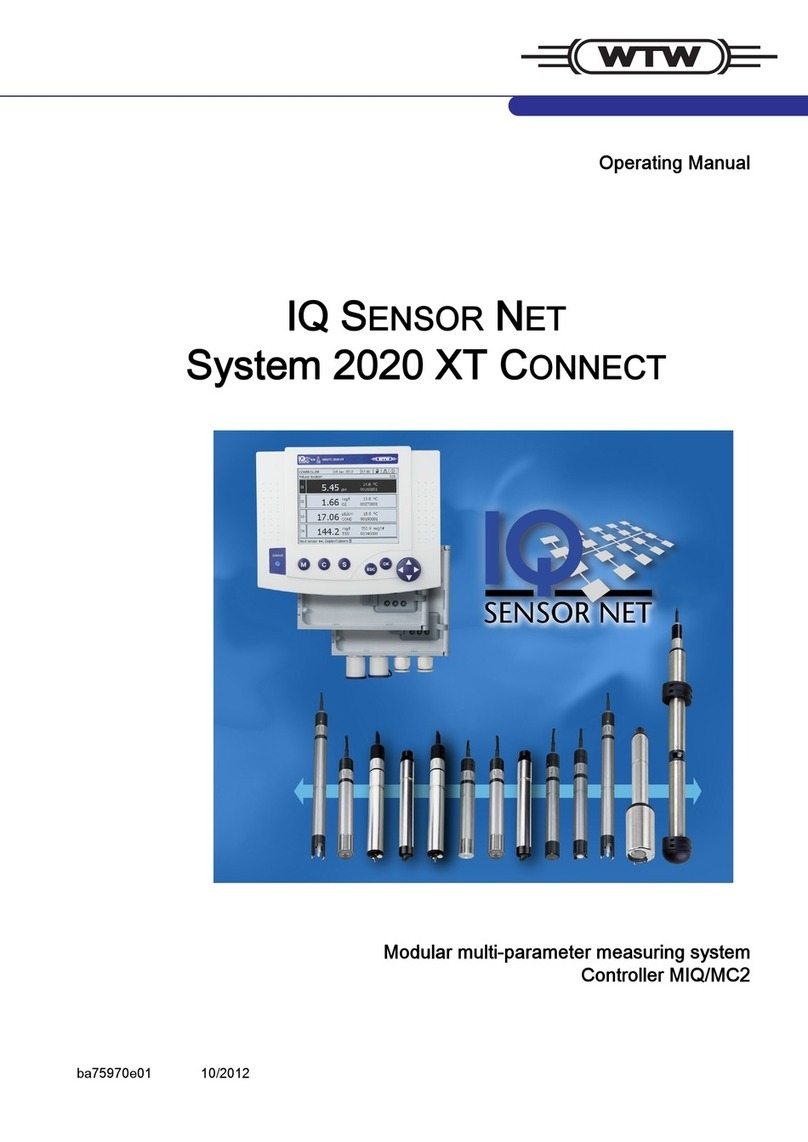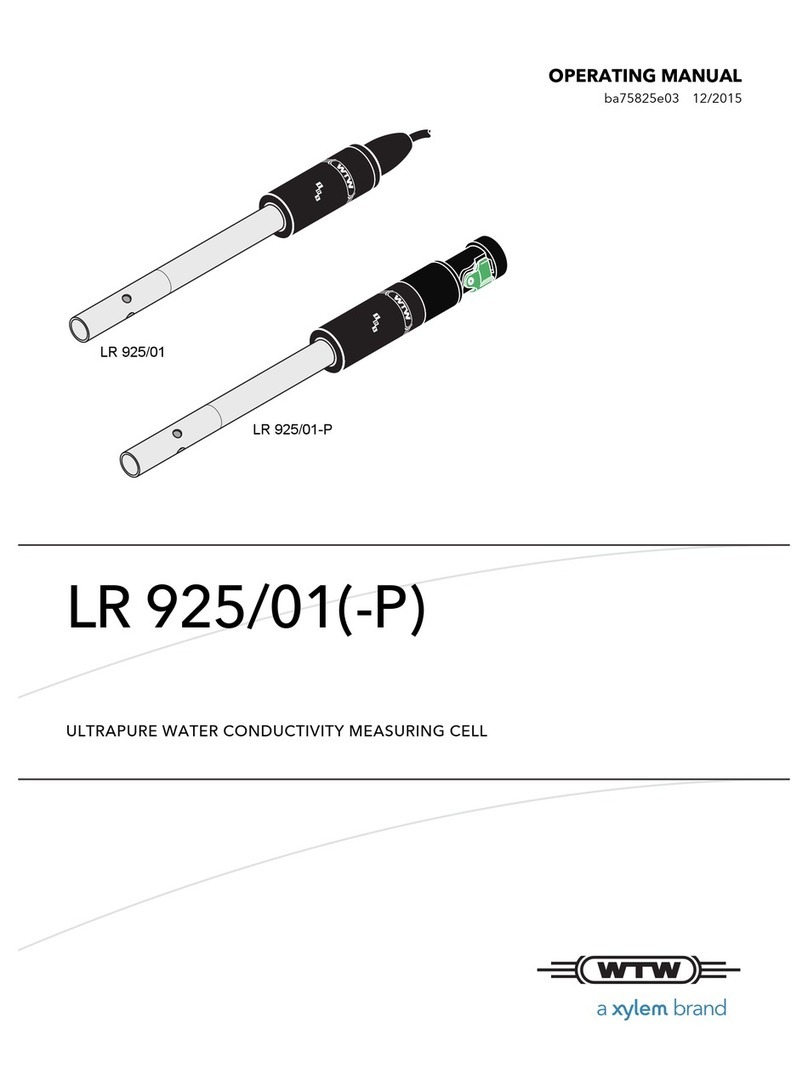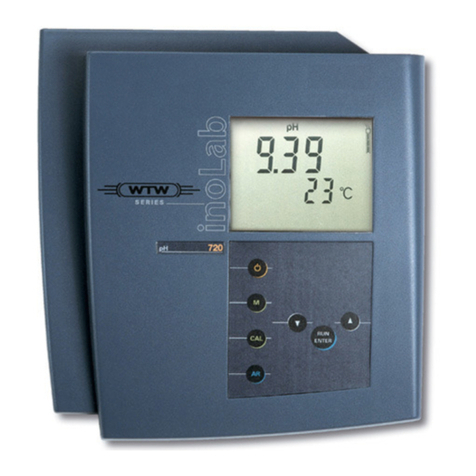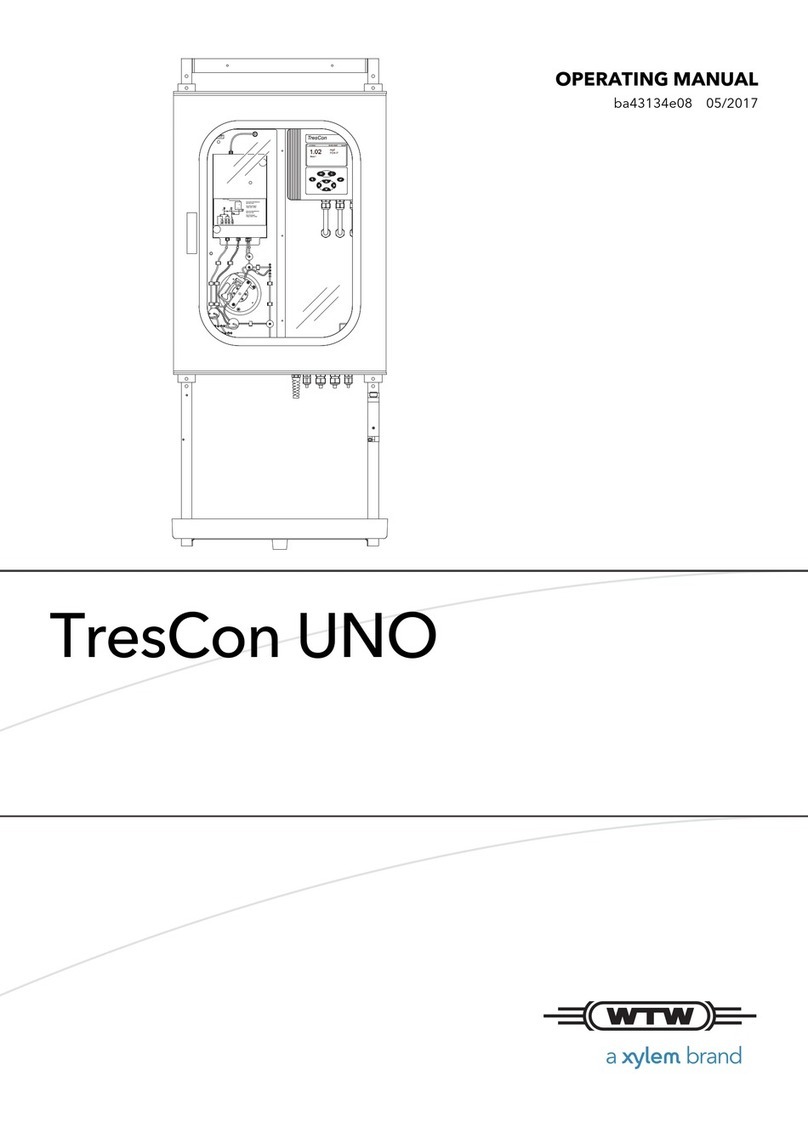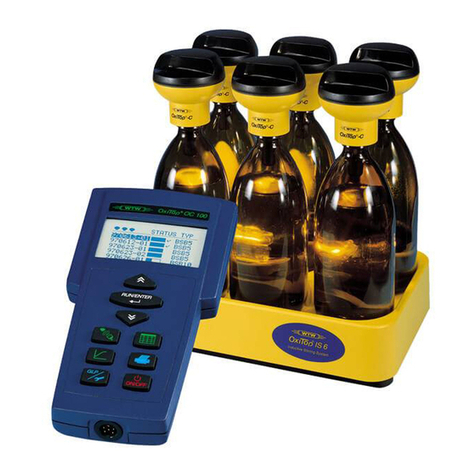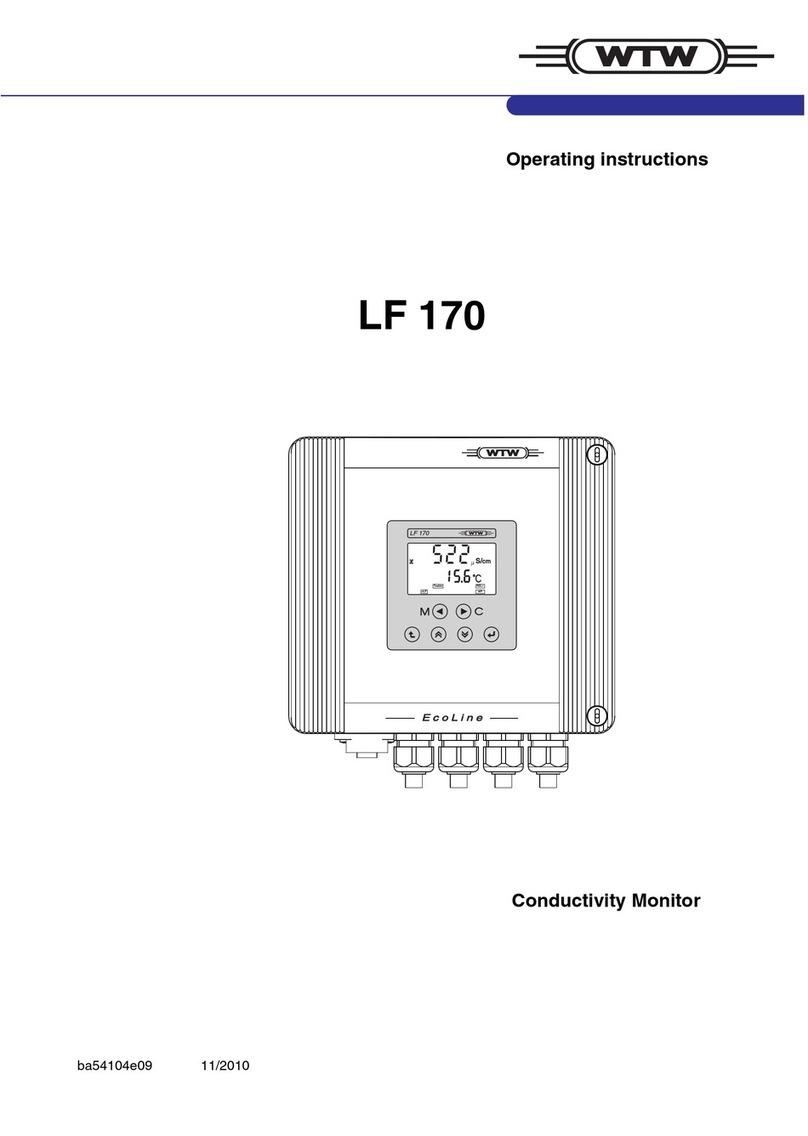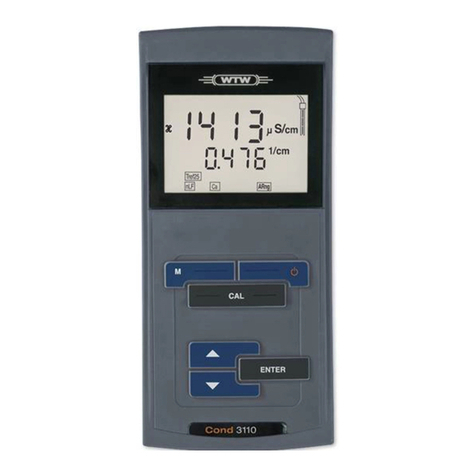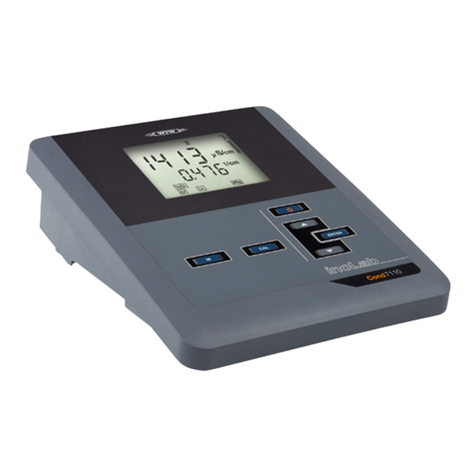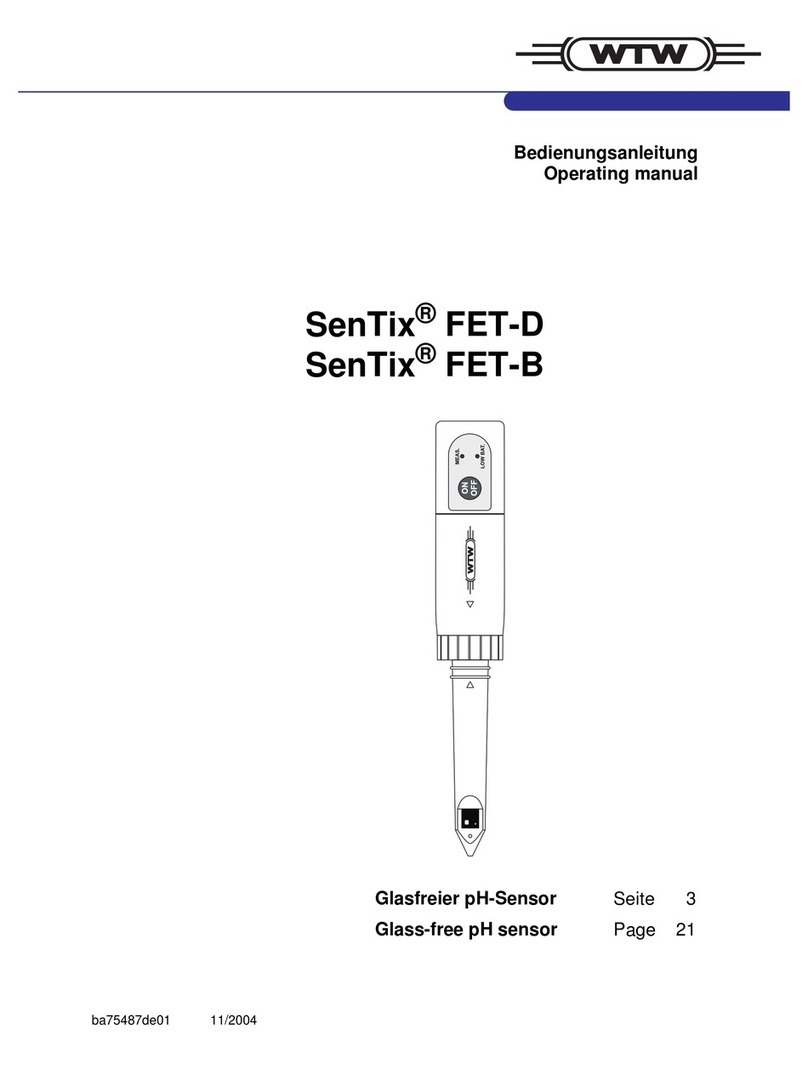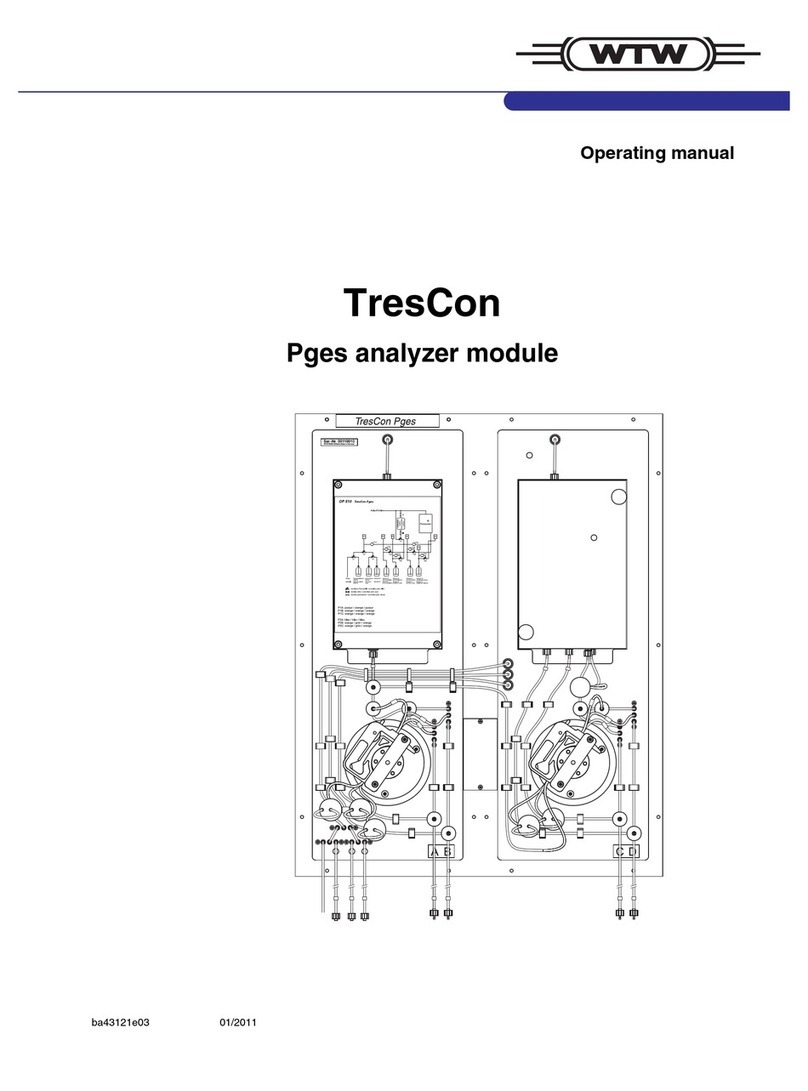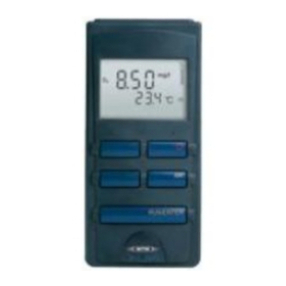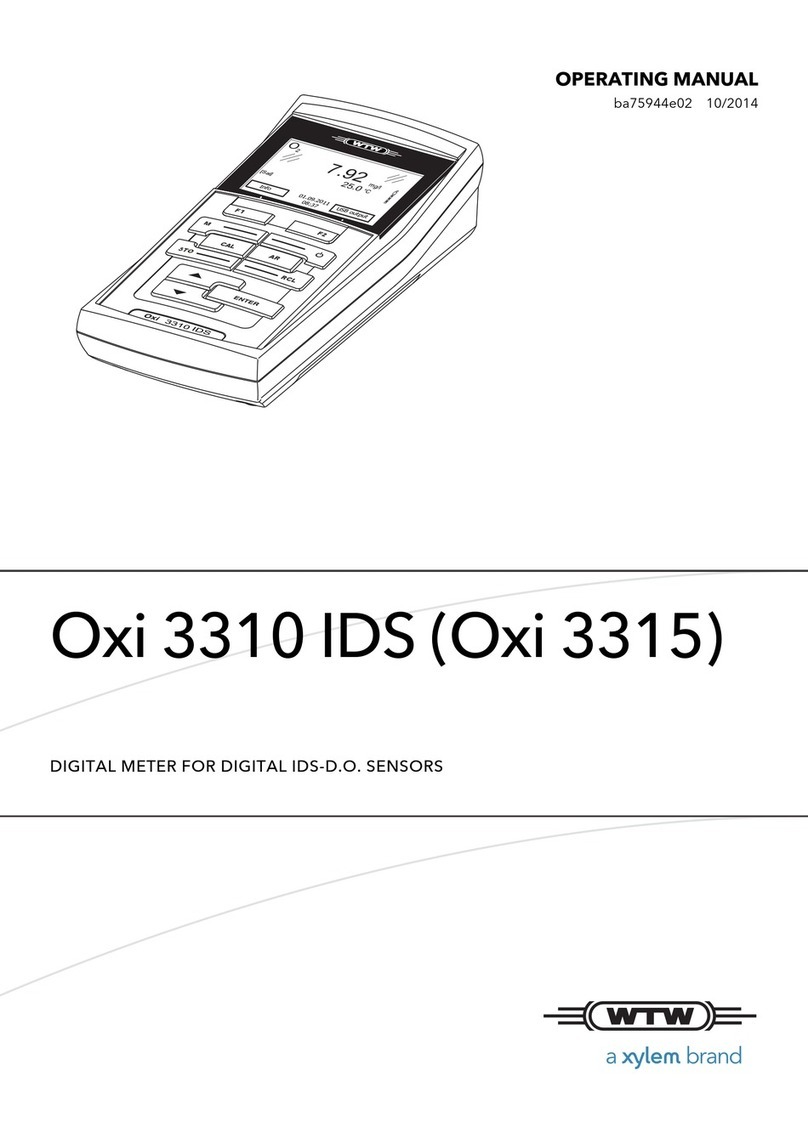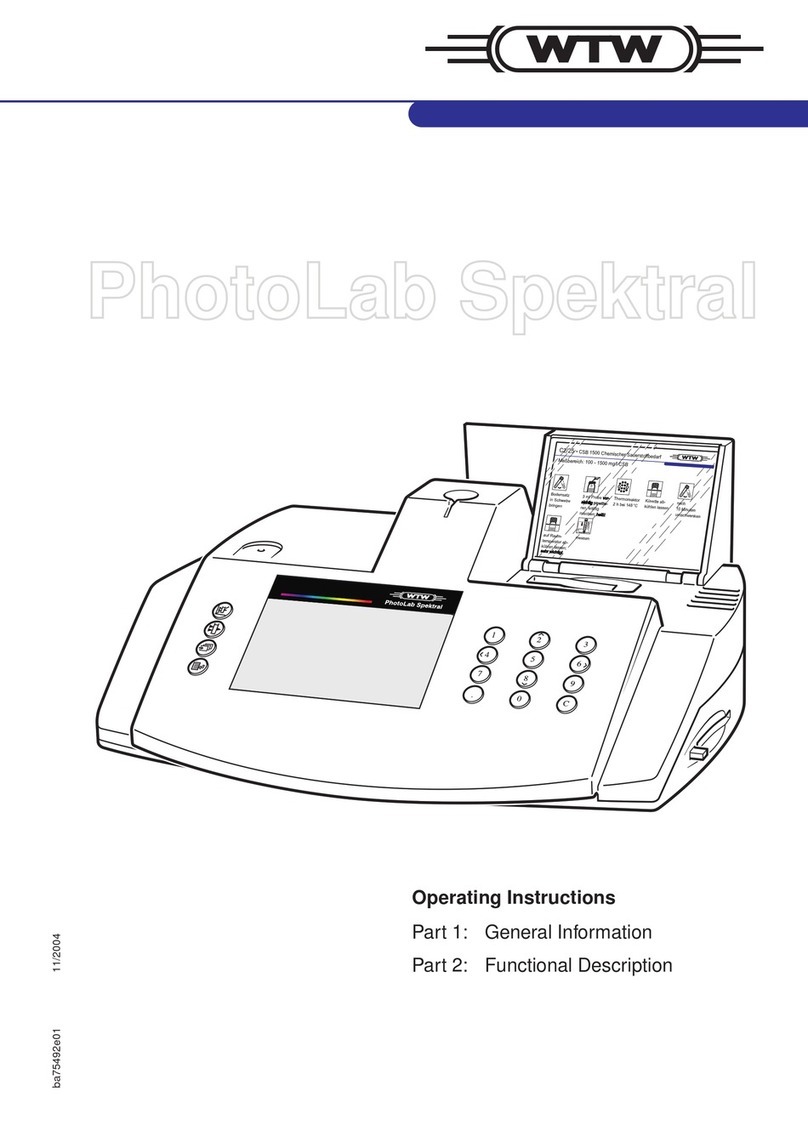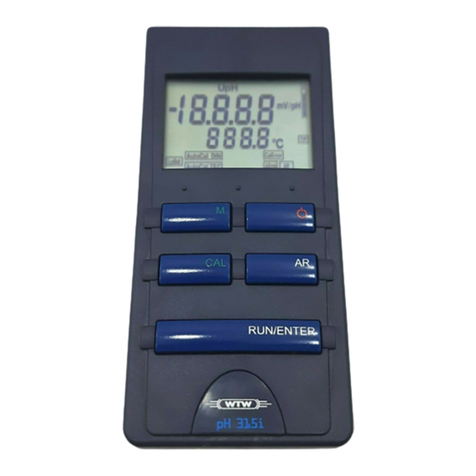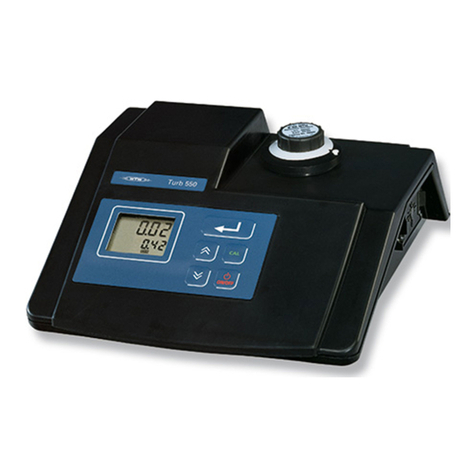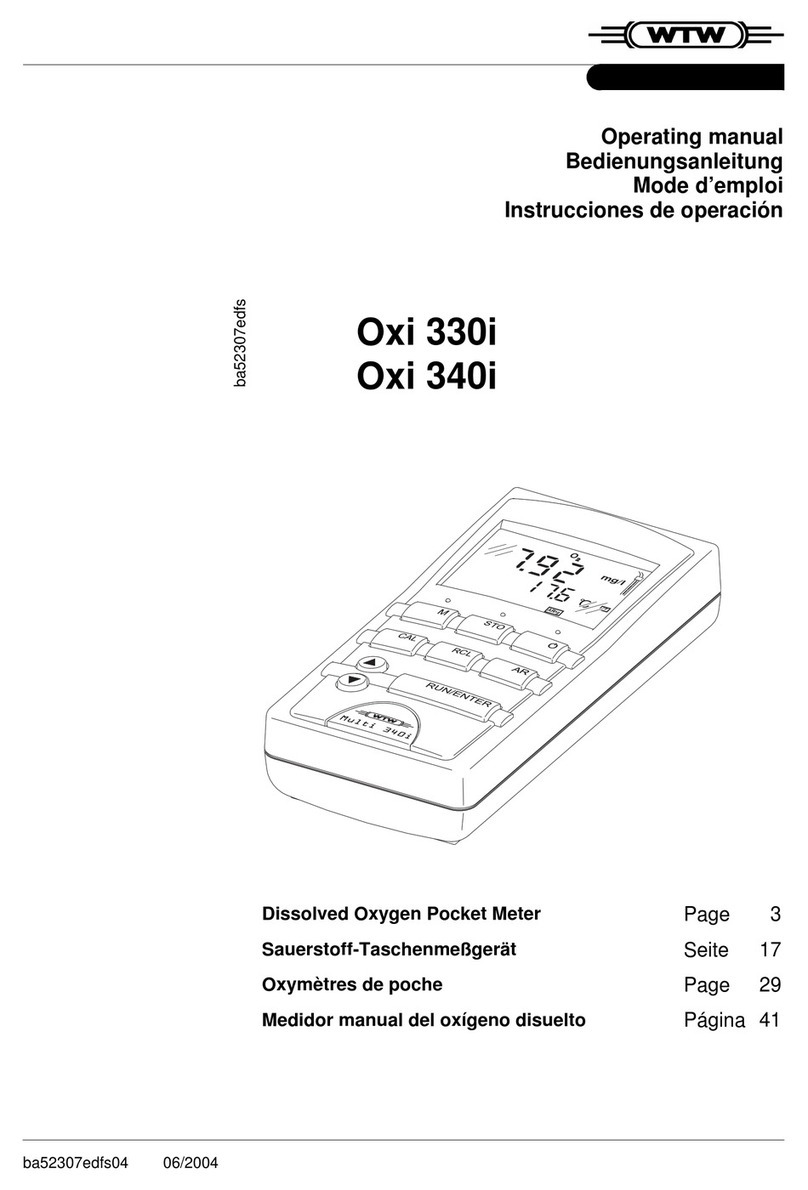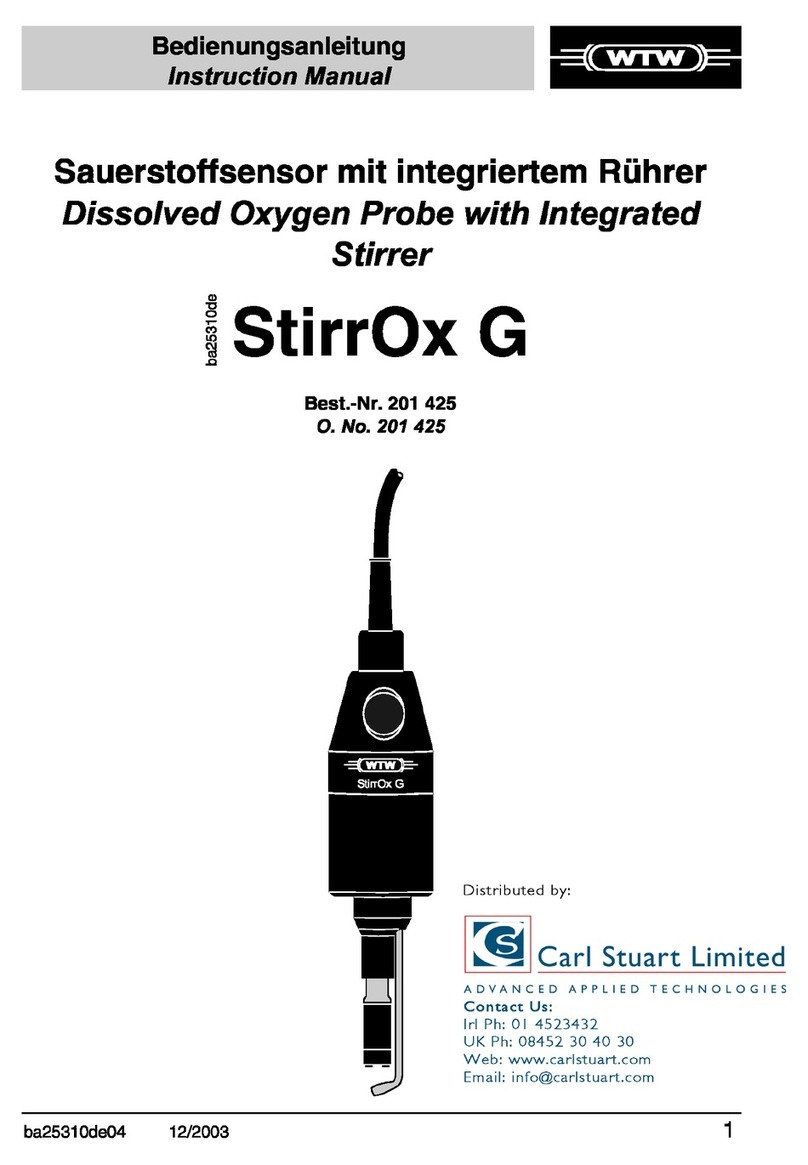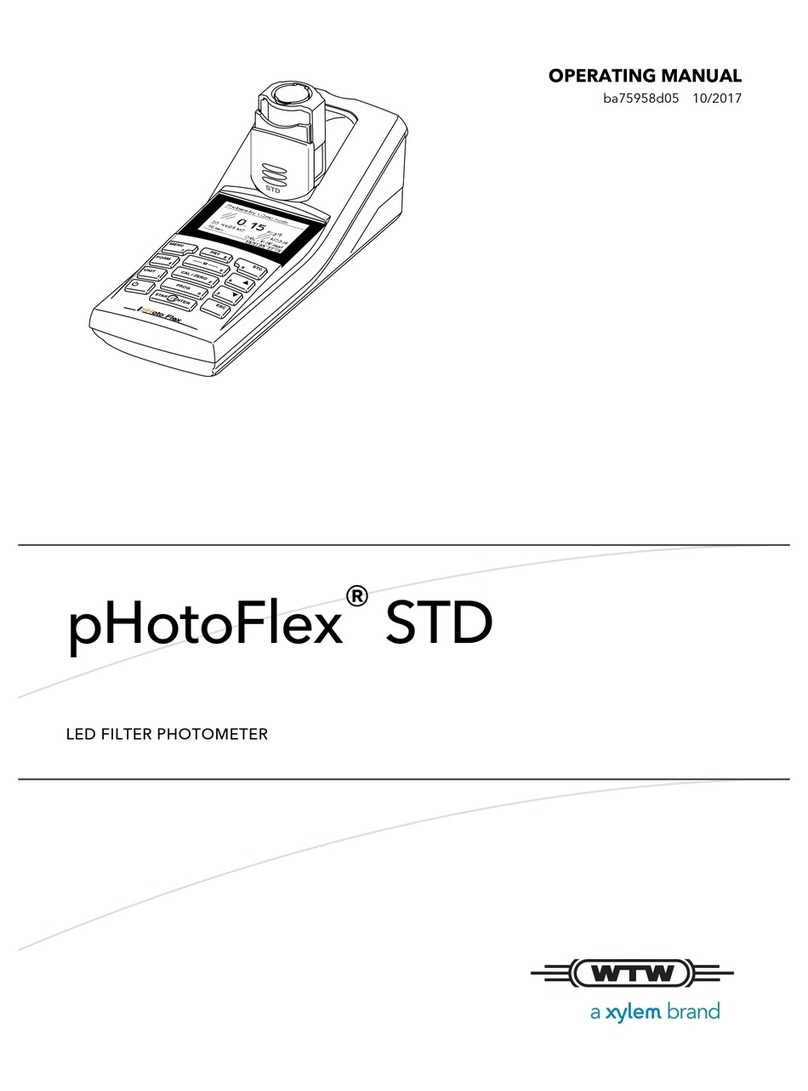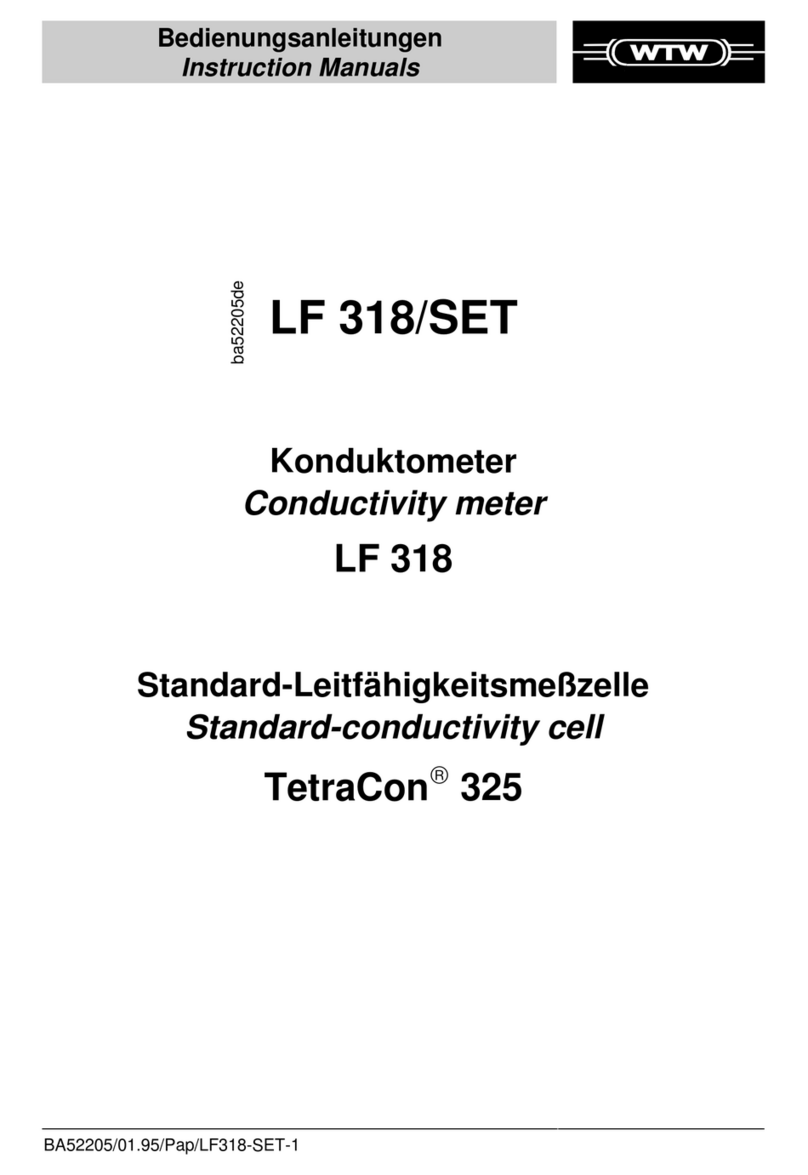Multi 197i List of contents
3
ba75339e04 07/2009
1 Overview . . . . . . . . . . . . . . . . . . . . . . . . . . . . . . . . . . . . . 5
1.1 General features . . . . . . . . . . . . . . . . . . . . . . . . . . . . . . . 5
1.2 Display . . . . . . . . . . . . . . . . . . . . . . . . . . . . . . . . . . . . . . . 6
1.3 Keypad . . . . . . . . . . . . . . . . . . . . . . . . . . . . . . . . . . . . . . . 6
1.4 Jack field . . . . . . . . . . . . . . . . . . . . . . . . . . . . . . . . . . . . . 7
2 Safety . . . . . . . . . . . . . . . . . . . . . . . . . . . . . . . . . . . . . . . . 9
2.1 Authorized use . . . . . . . . . . . . . . . . . . . . . . . . . . . . . . . . . 9
2.2 General safety instructions . . . . . . . . . . . . . . . . . . . . . . . 10
3 Commissioning. . . . . . . . . . . . . . . . . . . . . . . . . . . . . . . 11
3.1 Scope of delivery . . . . . . . . . . . . . . . . . . . . . . . . . . . . . . 11
3.2 Power supply . . . . . . . . . . . . . . . . . . . . . . . . . . . . . . . . . 11
3.3 Initial commissioning . . . . . . . . . . . . . . . . . . . . . . . . . . . 12
3.4 Sensor quiver . . . . . . . . . . . . . . . . . . . . . . . . . . . . . . . . . 14
4 Operation. . . . . . . . . . . . . . . . . . . . . . . . . . . . . . . . . . . . 15
4.1 Operating structure . . . . . . . . . . . . . . . . . . . . . . . . . . . . 15
4.2 Switching on the measuring instrument . . . . . . . . . . . . . 16
4.3 pH value / ORP voltage . . . . . . . . . . . . . . . . . . . . . . . . . 17
4.3.1 General information . . . . . . . . . . . . . . . . . . . . . . 17
4.3.2 Measuring the pH value . . . . . . . . . . . . . . . . . . 19
4.3.3 Measuring the ORP voltage . . . . . . . . . . . . . . . 20
4.3.4 pH calibration . . . . . . . . . . . . . . . . . . . . . . . . . . 21
4.4 Dissolved oxygen . . . . . . . . . . . . . . . . . . . . . . . . . . . . . . 27
4.4.1 General information . . . . . . . . . . . . . . . . . . . . . . 27
4.4.2 Measuring the D. O. concentration . . . . . . . . . . 29
4.4.3 Measuring the D. O. saturation . . . . . . . . . . . . . 30
4.4.4 AutoRead AR (Drift control) and hold function . 31
4.4.5 D. O. calibration . . . . . . . . . . . . . . . . . . . . . . . . 32
4.4.6 Entering the salt content (salinity) . . . . . . . . . . . 35
4.5 Conductivity . . . . . . . . . . . . . . . . . . . . . . . . . . . . . . . . . . 36
4.5.1 General information . . . . . . . . . . . . . . . . . . . . . . 36
4.5.2 Measuring the conductivity . . . . . . . . . . . . . . . . 38
4.5.3 Measuring the salinity . . . . . . . . . . . . . . . . . . . . 38
4.5.4 AutoRead AR (Drift control) and hold function . 39
4.5.5 Determining the cell constant (Calibration in the
control standard) . . . . . . . . . . . . . . . . . . . . . . . . 40
4.6 Calibration intervals (Int 3, Int 4, Int 5) . . . . . . . . . . . . . . 43
4.7 Saving data . . . . . . . . . . . . . . . . . . . . . . . . . . . . . . . . . . 44
4.7.1 Saving manually . . . . . . . . . . . . . . . . . . . . . . . . 44
4.7.2 Switching on AutoStore (Int 1) . . . . . . . . . . . . . 46
4.7.3 Outputting the data storage . . . . . . . . . . . . . . . . 48
4.7.4 Clearing the memory . . . . . . . . . . . . . . . . . . . . . 54
